Dress for success - The ultimate cycling layering guide for every temperature
From searing heat to sub-zero riding, here's what to wear to stay comfortable no matter what
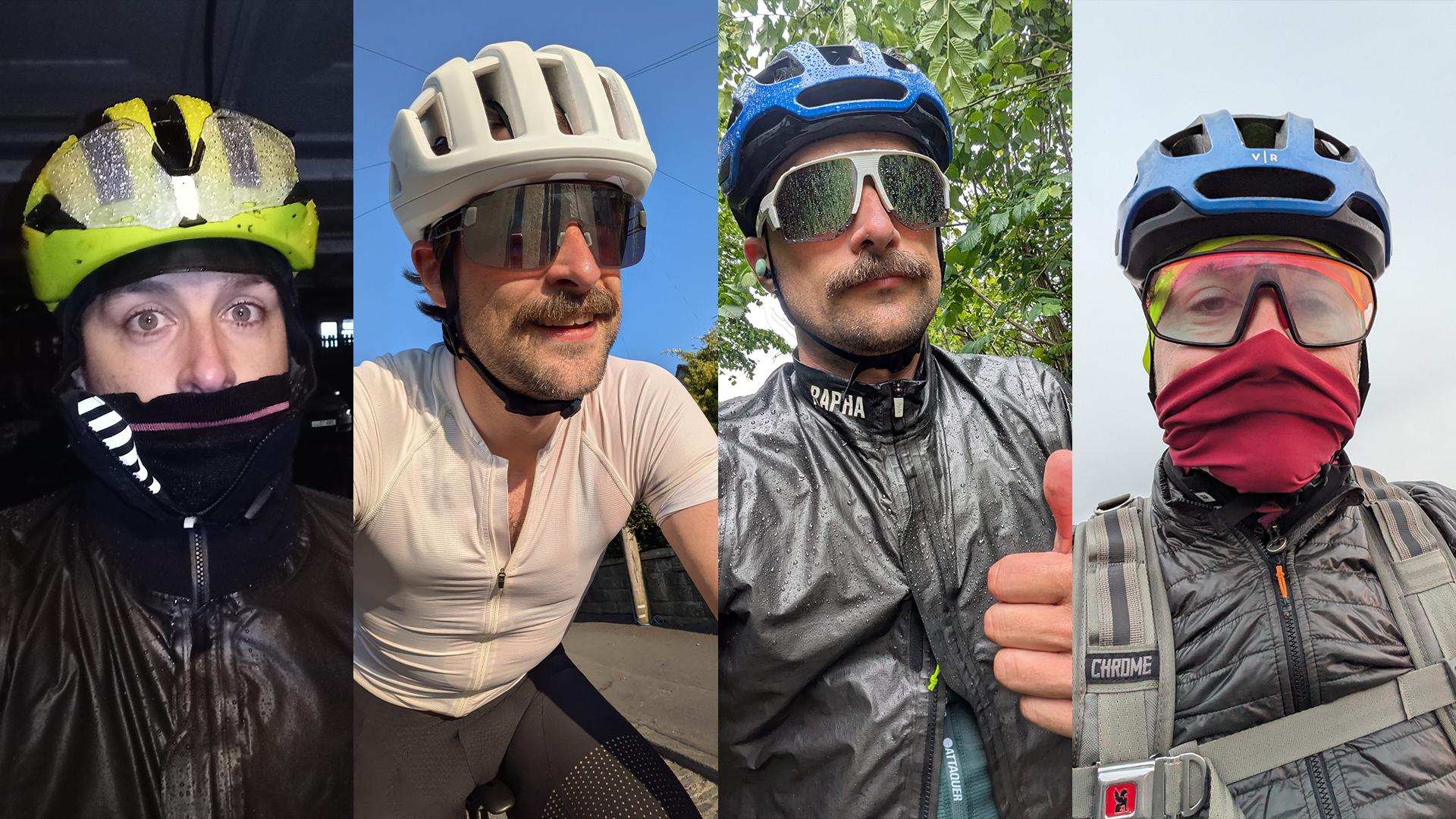
Getting dressed for a bike ride is pretty easy in the summer months. Simply throw on a set of the best cycling shorts, pair it with a cycling jersey, a helmet, some cycling shoes and socks and away you go. Maybe add a pair of cycling glasses and gloves for good measure, but it doesn’t require a great deal of thought.
As the seasons change, however, things become trickier. Autumn (or fall, for my North American readers) and spring are the hardest to dress for; do you need bib tights and a winter cycling jacket, or will shorts and a cycling vest suffice?
I’ve spent years riding year-round, week in, week out, in all conditions, so I’m going to break it down for you based on what temperature the forecast says it’s going to be. No more guesswork, just comfortable riding without overheating or getting frozen to the bone.
One caveat to make here that goes for riding in any of the cooler temperature ranges listed here is that the intensity or nature of your riding will dictate how much you need to wear. For instance, if you're riding hard for 90 minutes in single-digit temperatures, it's remarkable how little you need to wear whilst generating heat. But it's important to be mindful of what you need once the hard work has stopped, though.
The guide should provide an excellent all-around framework for choosing what to wear for any given range.
Above 30ºC / 86ºF - Very hot weather
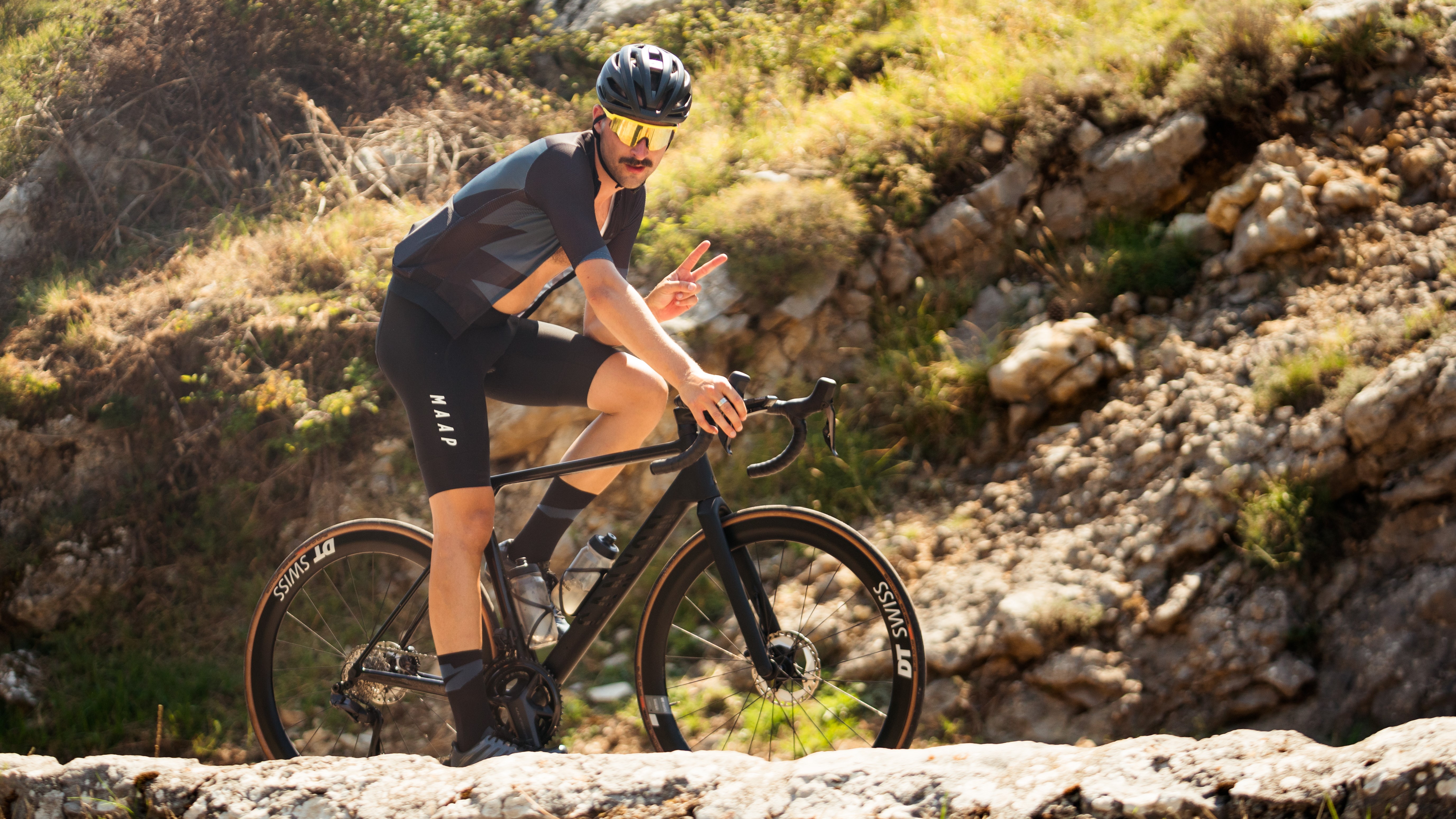
Over 30 degrees, or about 86 degrees Fahrenheit, you’re going to want to opt for dedicated lightweight gear. Standard summer jerseys and shorts are good, but above this threshold, even they can lack the breathability you need to stay cool, especially if the humidity is high and sweating reduces in its effectiveness.
Jerseys like the Maap Aerate, Rapha Ghost, or even the sleeveless Assos Equipe RSR are made almost entirely from mesh, allowing your whole torso to breathe more easily and sweat to evaporate. Just beware that if the sun is strong, many of these jerseys don’t have UV protection, so you may burn through them. The mesh these jerseys are made of is effectively the same as a base layer anyway, so don’t add any unnecessary layers by wearing a base layer too; you’ll only heat yourself up.
Lightweight shorts will also help, though I found these make less of a difference than the jersey, so don’t feel the need to invest here unless you’re regularly seeing these temperatures.
The latest race content, interviews, features, reviews and expert buying guides, direct to your inbox!
A ventilated helmet will be a better choice here, as your head has a huge impact on your overall ability to stay cool. I really like the POC Cytal Lite, while my colleague Josh swears by the Specialized Prevail.
I wouldn’t stress too much about going to lightweight, mesh shoes unless you’re regularly experiencing these temperatures, but I do find that lightweight mesh socks actually have a surprising impact over normal summer socks. They don’t cost a great deal, but they are a great thing to have in the drawer for occasional use.
If it’s raining, then just get wet and don’t take a jacket. Keep your phone in a waterproof case if it isn’t waterproof, but no jacket is going to perform in these temperatures, and you’ll probably be glad of the cooling effect of the rain anyway.
Finally, it sounds mad, but having a set of sunglasses like the POC Elicit, where the lens is frameless, the arms skeletal, and importantly, the lens sits far from the face to allow more airflow, will do a lot to stop your face becoming drenched in sweat, forcing you to take your glasses off. And if you really want to go all-in, then get a set of insulated bottles to keep your drinks cold.
22 to 30ºC / 72 to 86ºF - The golden zone
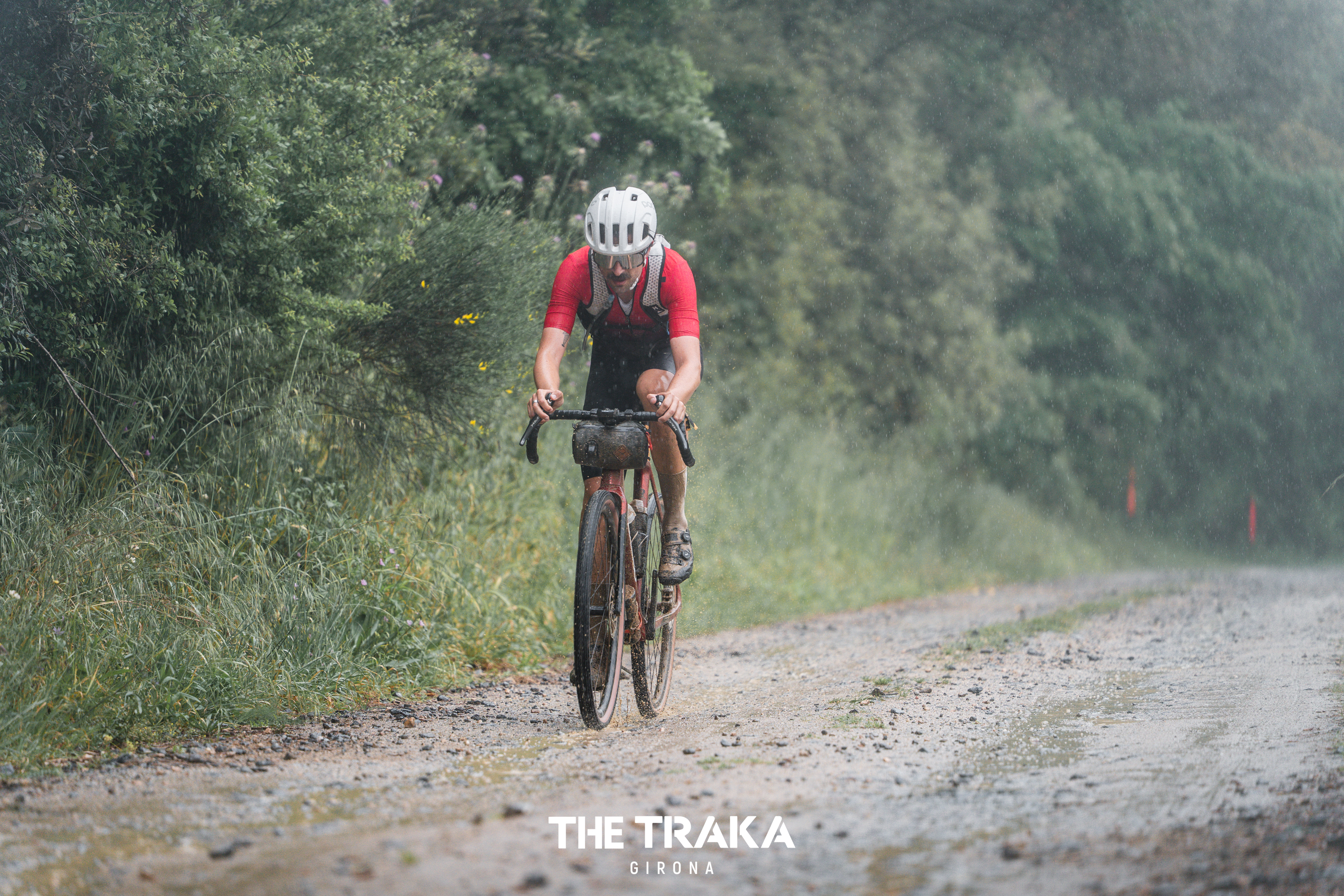
This is the golden zone where you really needn’t overthink things. Whatever summer jersey you like, a standard set of summer shorts and socks, normal shoes, and a mesh base layer if you find it more comfortable. Summer gloves, too, though this is a personal choice.
If you’re racing or riding hard, then you may find an aero helmet is too sweaty at the top end of this range, but for the most part, aero helmets nowadays are vented enough to be able to handle this sort of heat.
If it’s raining and you’re riding hard, then I’d just accept your fate and get wet. If you must wear a jacket and you’re on a Zone 2 ride, I suggest going for something that prioritises breathability and low bulk, like the Maap Atmos, but you may find you steam up pretty fast still.
17 to 21ºC / 63 to 71ºF - Warm
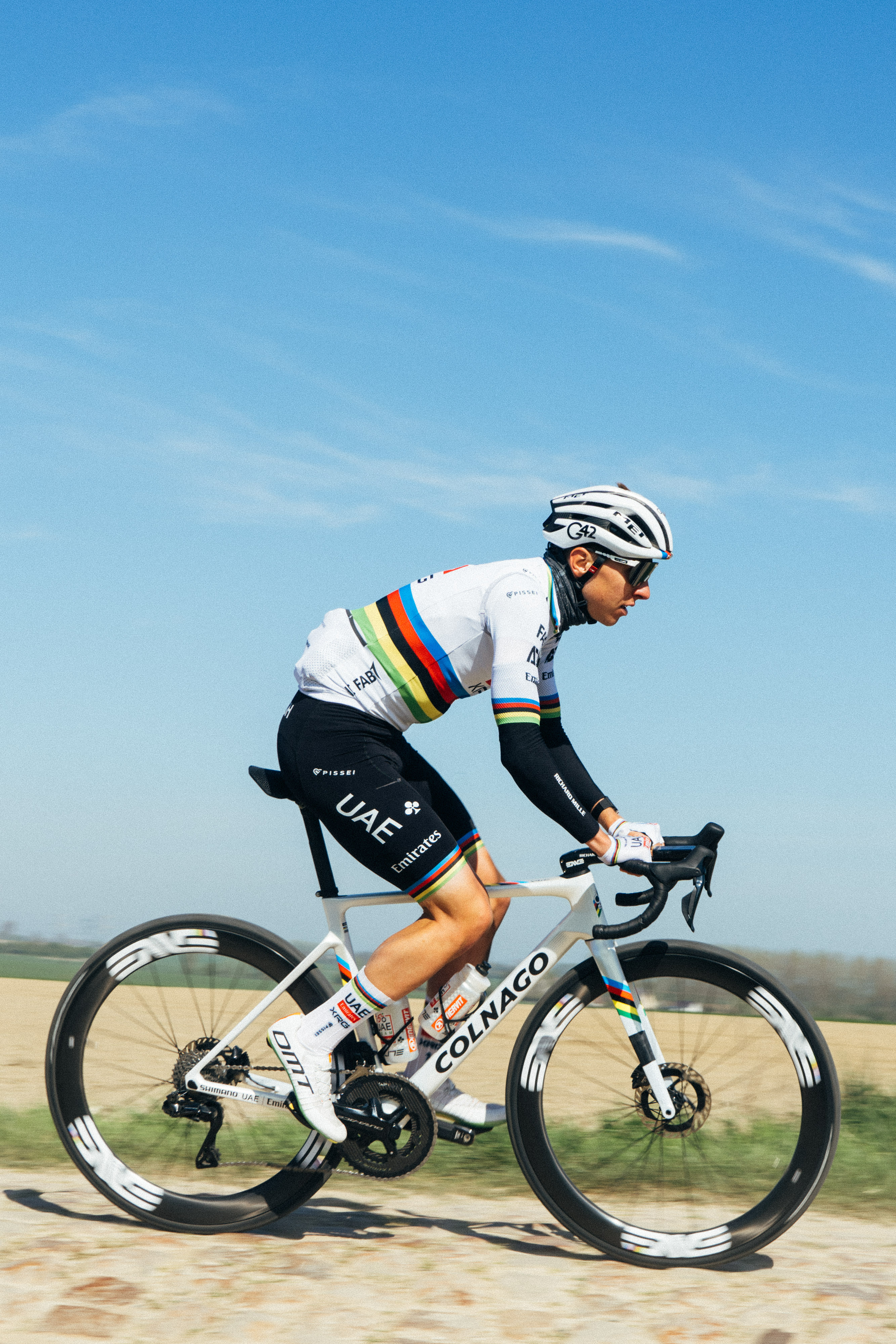
As above, for the most part in this zone, you can just wear your standard summer gear. At the very bottom end, you’ll be better off wearing a base layer than not, and I’d probably feel better taking a lightweight gilet or vest, or adding a set of arm warmers into the mix that I can stuff into a pocket if I get warm, or pull out again before a long descent.
One difference to the previous golden summer zone is that in this range, you may find you get a bit chilly if you get drenched, so grab something light like a Maap Atmos, or even a softshell jersey/jacket like the Castelli Perfetto RoS 3. A thicker waterproof will still leave you boiling in the bag, but you don’t want to get home feeling miserable and wet.
12 to 16ºC / 53 to 62ºF - Cool (the really tricky one)
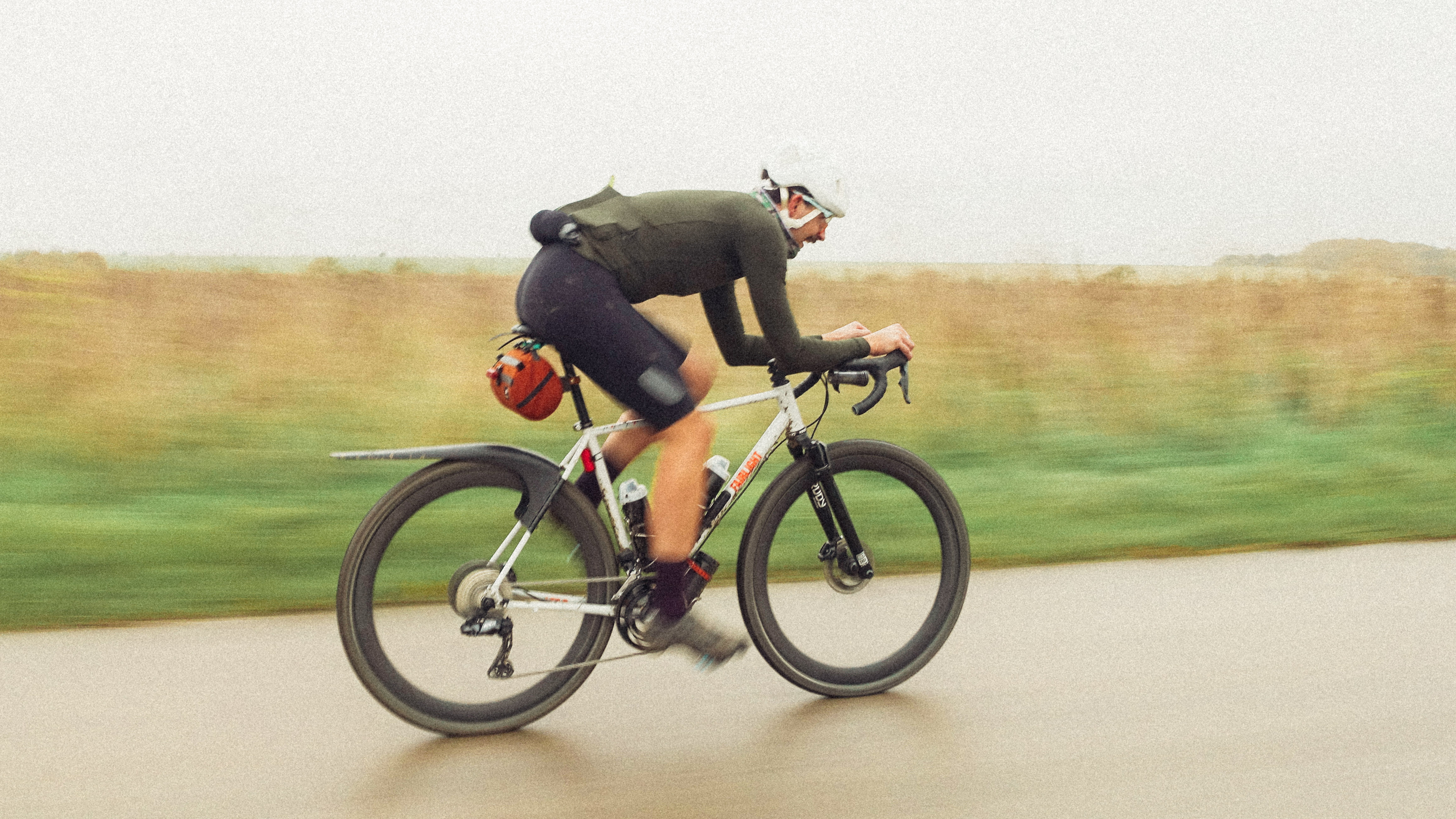
When I look at the forecast, it isn’t 3ºC that fills me with dread, it’s 13ºC. When it’s properly cold, things get easier, but this zone is really difficult to get right. Underdress and you risk getting chilled, but overdress and you run the risk of ending up a sweaty mess.
Modularity is the best bet in my view. Things you can take off and stuff in a jersey if needed, or pull out and throw on if it suddenly gets cooler. A spring base layer, paired with a summer jersey, arm warmers and a gilet (ideally one with pockets), and some shorts helps. Cargo shorts are particularly useful here, just for added capacity.
Alternatively, a long sleeve jersey with a summer base layer and standard shorts with a light gilet for emergencies, or just a long sleeve jersey with a spring base layer to add some extra insulation inside.
If you get cold fingers, then some lightweight winter gloves will serve you well, and while I still find this range perfectly manageable with normal socks, if you’re not blessed with great circulation, then a set of winter cycling socks and/or a set of neoprene toe warmers will stand you in good stead, especially if there’s occasional spray.
If it’s raining, then you will want a thicker, more traditional waterproof jacket. Something like the Rapha Pro Team Gore-Tex jacket, or the Albion Zoa if you’re heading off-road.
At the bottom end of this range, you may want to swap from standard cycling shorts to winter cycling shorts. They're a niche product, but one that I use time after time, especially for longer, slower rides.
6 to 11ºC / 43 to 52ºF - Cold
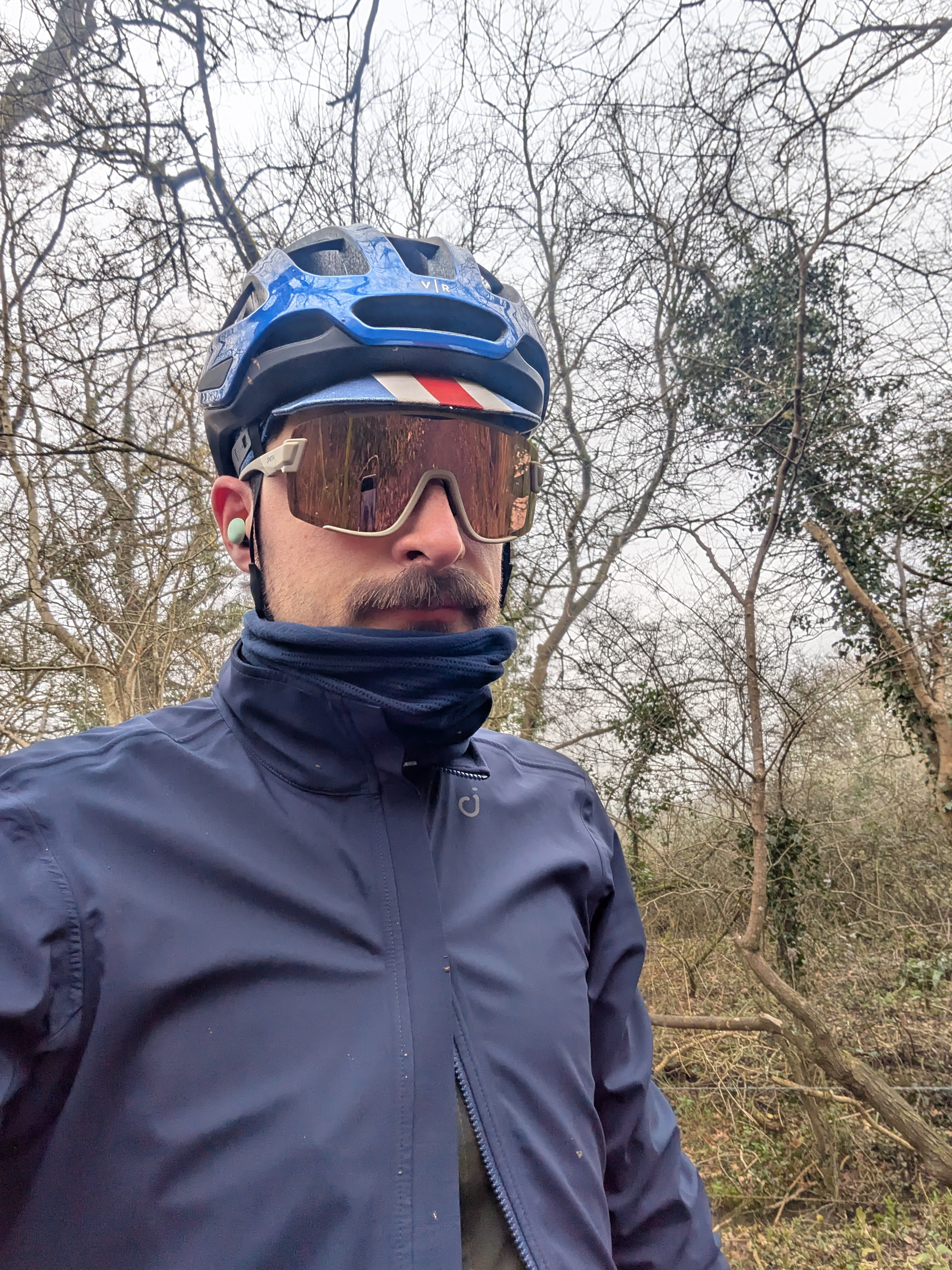
Here’s where it gets what we would all probably describe as ‘cold’, and happily, things get a little easier. You’re going to want a set of bib tights and a long-sleeve jersey as your staple options, underneath one of the best winter cycling jackets. If you run hot, then a spring base layer, but if you run cooler, then a winter base layer will be a better option. With that baseline crossed off, then tailoring your accessories to suit can have pretty dramatic consequences.
A neck warmer is an extremely cheap way of staying warm, as a lot of blood flow goes up your neck close to the surface to get to your brain, which you may want to also insulate better with a cap or a winter hat at this point, though, for me, I find this a surefire way to overheat. Middleweight or thick winter gloves will stop you getting cold, and a light winter jacket will almost certainly be needed. Overshoes will be needed, along with winter socks.
In this temperature range, getting wet, through sweat or rain, could be disastrous, so a really good waterproof cycling jacket is key. Likewise, mudguards are an absolute must for riding in cold and rain, as far as I’m concerned. A clip-on thing like an Ass Saver Win Wing will help, but nothing beats the protection of full fenders and flaps.
Curiously, if you’re riding grave,l I think instead of wearing bib tights it’s a lot more sensible to opt for thermal shorts and leg warmers. Winter gravel is filthy, and your shins get a pasting every ride, and it’s a lot easier to clean leg warmers and a lot cheaper to replace them if you have a spill and put a hole in the knees, too.
0 to 5ºC / 32 to 42ºF - Very cold
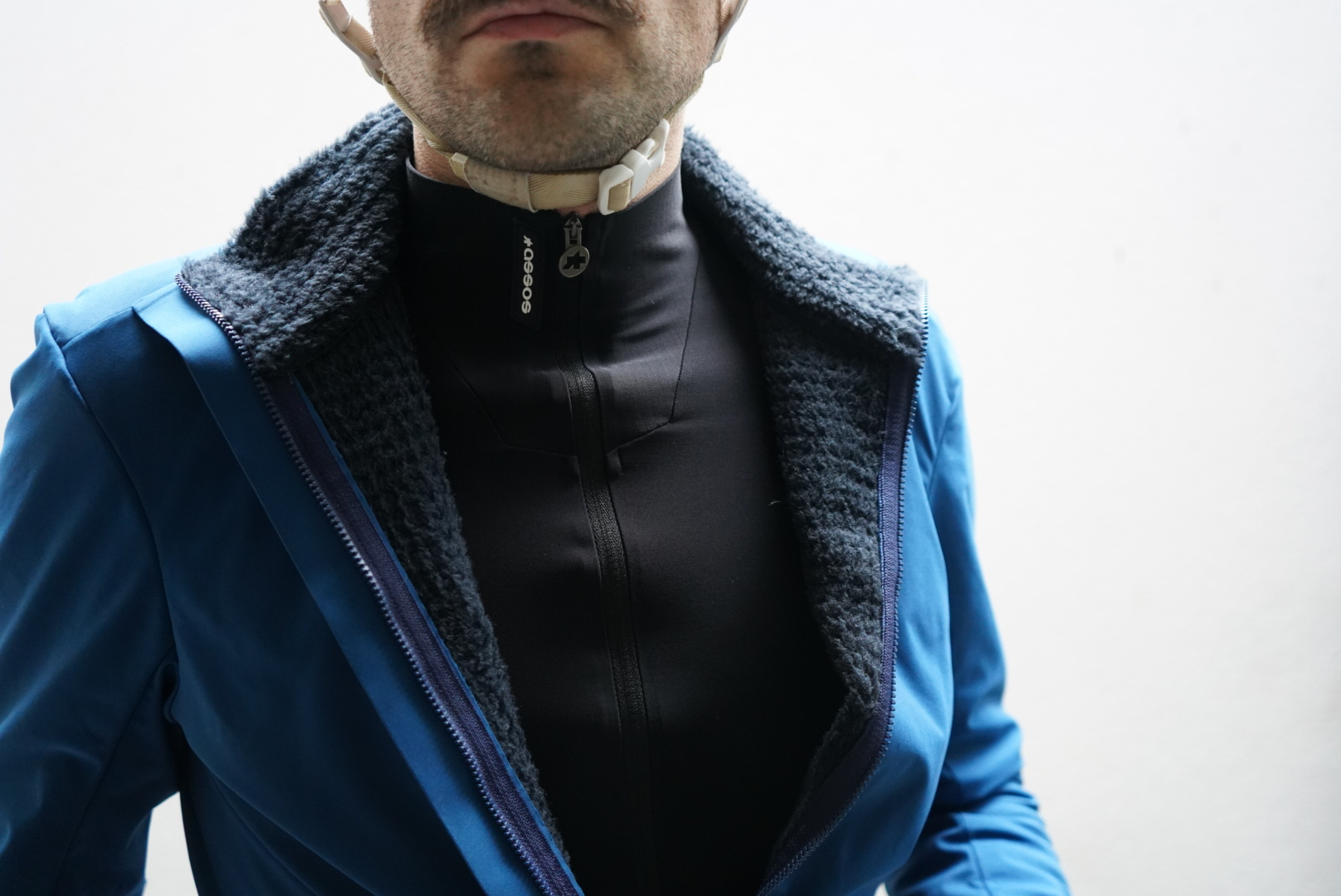
This is really very cold for riding in, and especially if you head out in the morning the risk of residual ice can be high, but if you must venture out, then start with a deep winter base layer, winter socks, bib tights, and a long sleeve jersey paired with a deep winter jacket. Thick gloves are a must, even lobster gloves if you get cold hands, and on your feet, it’s beneficial to have dedicated winter cycling shoes, too. An insulating midlayer may help too, especially if you’re not riding at a high intensity.
You’ll need a neck warmer to cover your neck and your face, and a winter hat to keep your ears from freezing. I tend to use a thicker neck warmer when it’s this cold, made of merino rather than the simple synthetic Buff neck tubes.
If it’s in this temperature range and it’s raining, there is very little you can do to remain comfortable. I’d honestly suggest just chalking it up as a loss; ride indoors instead, or go to the gym, or just have a day off. A very good waterproof jacket will stand you in good stead for a while, but very quickly your legs will get soaked and frozen, so you may even need waterproof trousers.
Once it gets to this temperature range, I almost always head out with additional luggage capacity in the form of a Carradice saddle bag. It’s not necessarily the most high-performance option, but having space to pack an extra warm layer to throw on in case of a puncture, or space to de-layer if it warms up, is a godsend sometimes.
-5 to 0ºC / 23 to 32ºF - Sub-zero
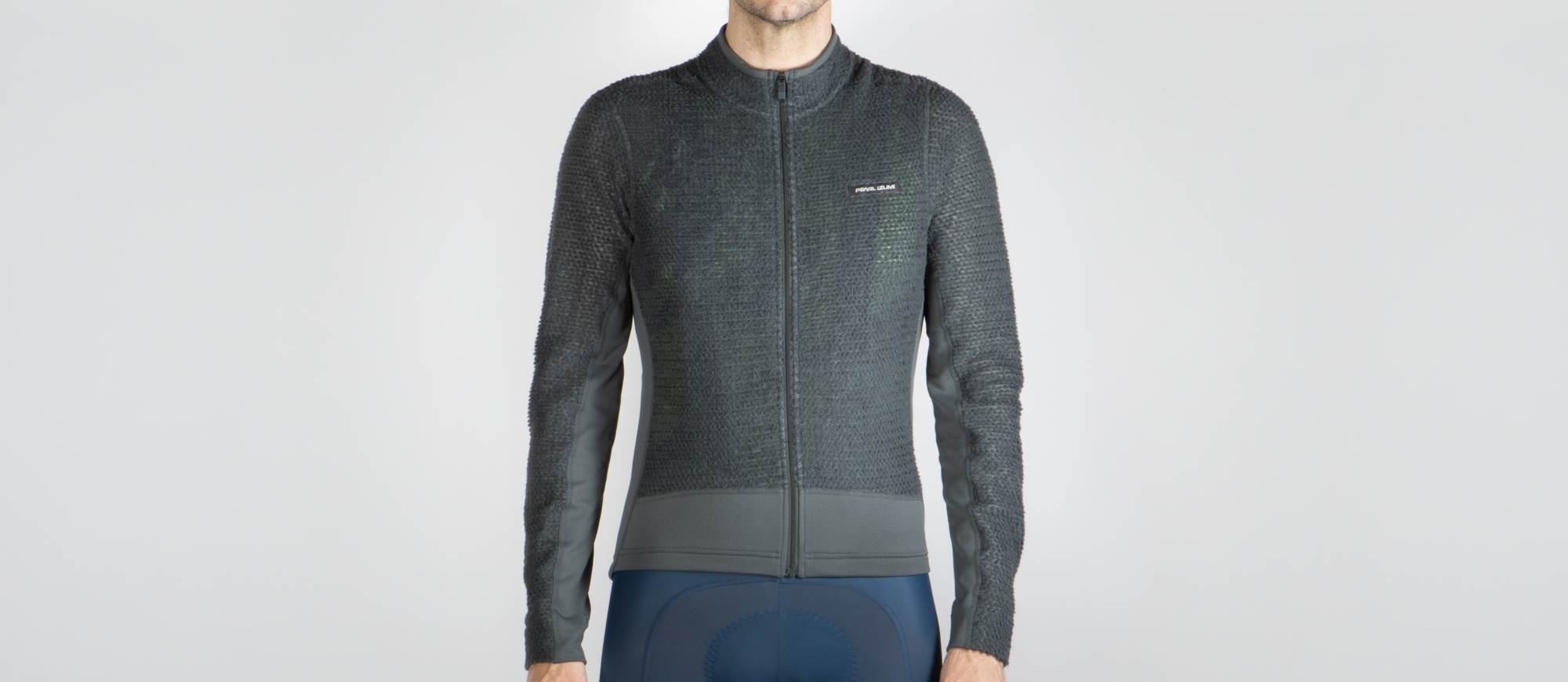
Everything that was true for the previous temperature range is also true here, but you’ll definitely need an insulating midlayer now. I prefer something lightweight and synthetic like Polartec Alpha – Velocio’s Alpha Long Sleeve or the Pearl Izumi Pro Alpha Layer are perfect examples.
While it’s unlikely to be wet, it’s not impossible, and riding in sleet is one of life’s great miseries, and freezing rain is really quite unsafe to ride in, so give it a miss and get on Zwift if you can.
Below -5ºC / 23ºF - Extreme cold
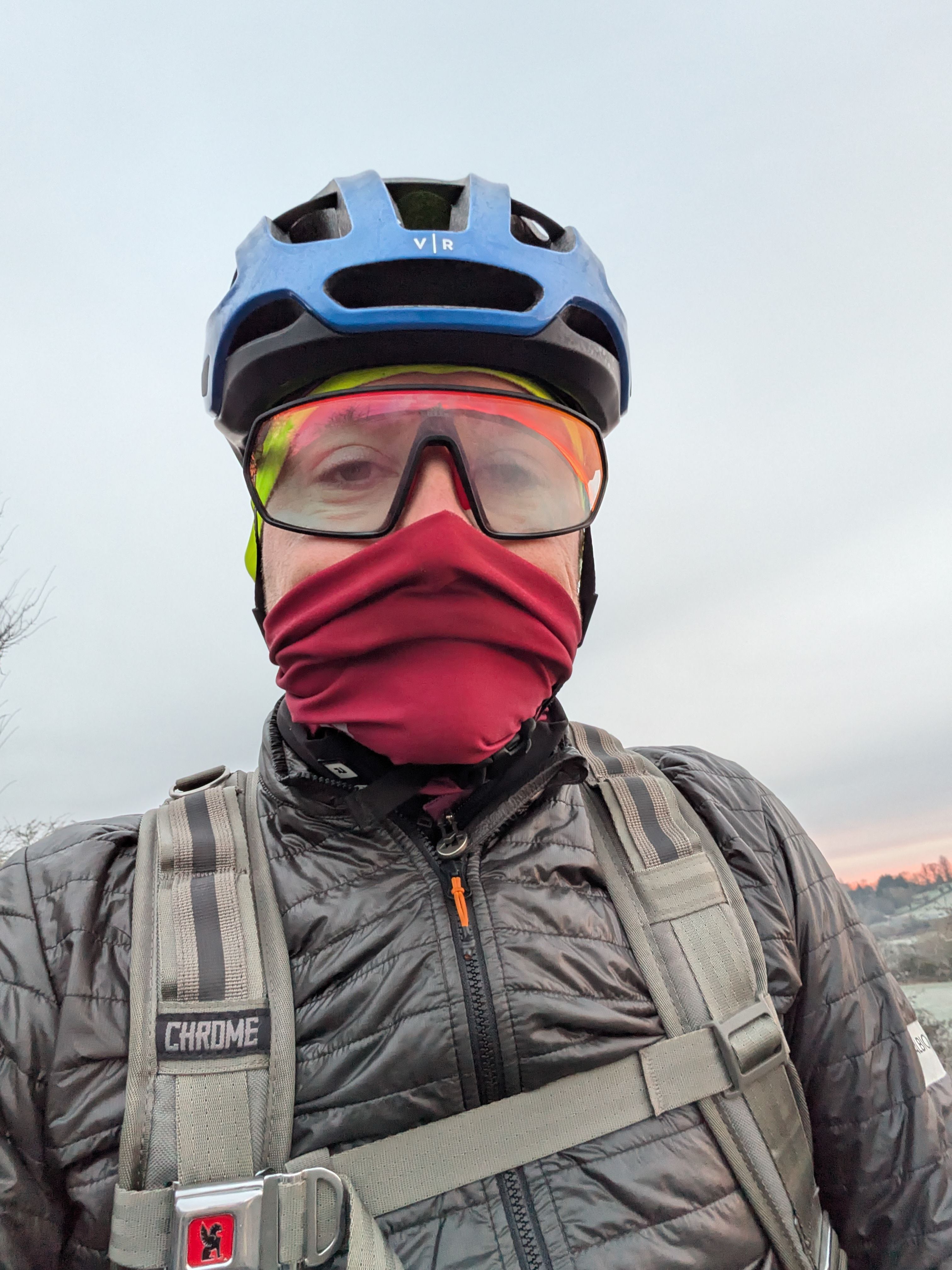
Cycling in temperatures this low isn’t for everyone, but the good news is that when it’s this cold, it’s unlikely in my experience to be wet, though it may well snow. Lobster gloves will really be beneficial if you’re prone to cold hands, and even pogies (insulated hand shrouds that mount to your bars permanently) to add an extra layer of insulation.
Any exposed skin will suffer, so make sure you've got a decent face covering that won't slip, and large glasses that remain airy to stop them from steaming up (though in my experience, this is next to impossible sometimes).
While winter cycling clothing is at the limits of being effective here, you can just wear something like a mid-thickness down jacket instead, or at least put one in a large saddlebag just in case. It really helps to dial back any really intense riding, too. Any excess sweat you produce may well lead to you getting utterly frozen.

Will joined the Cyclingnews team as a reviews writer in 2022, having previously written for Cyclist, BikeRadar and Advntr. He’s tried his hand at most cycling disciplines, from the standard mix of road, gravel, and mountain bike, to the more unusual like bike polo and tracklocross. He’s made his own bike frames, covered tech news from the biggest races on the planet, and published countless premium galleries thanks to his excellent photographic eye. Also, given he doesn’t ever ride indoors he’s become a real expert on foul-weather riding gear. His collection of bikes is a real smorgasbord, with everything from vintage-style steel tourers through to superlight flat bar hill climb machines.
You must confirm your public display name before commenting
Please logout and then login again, you will then be prompted to enter your display name.
